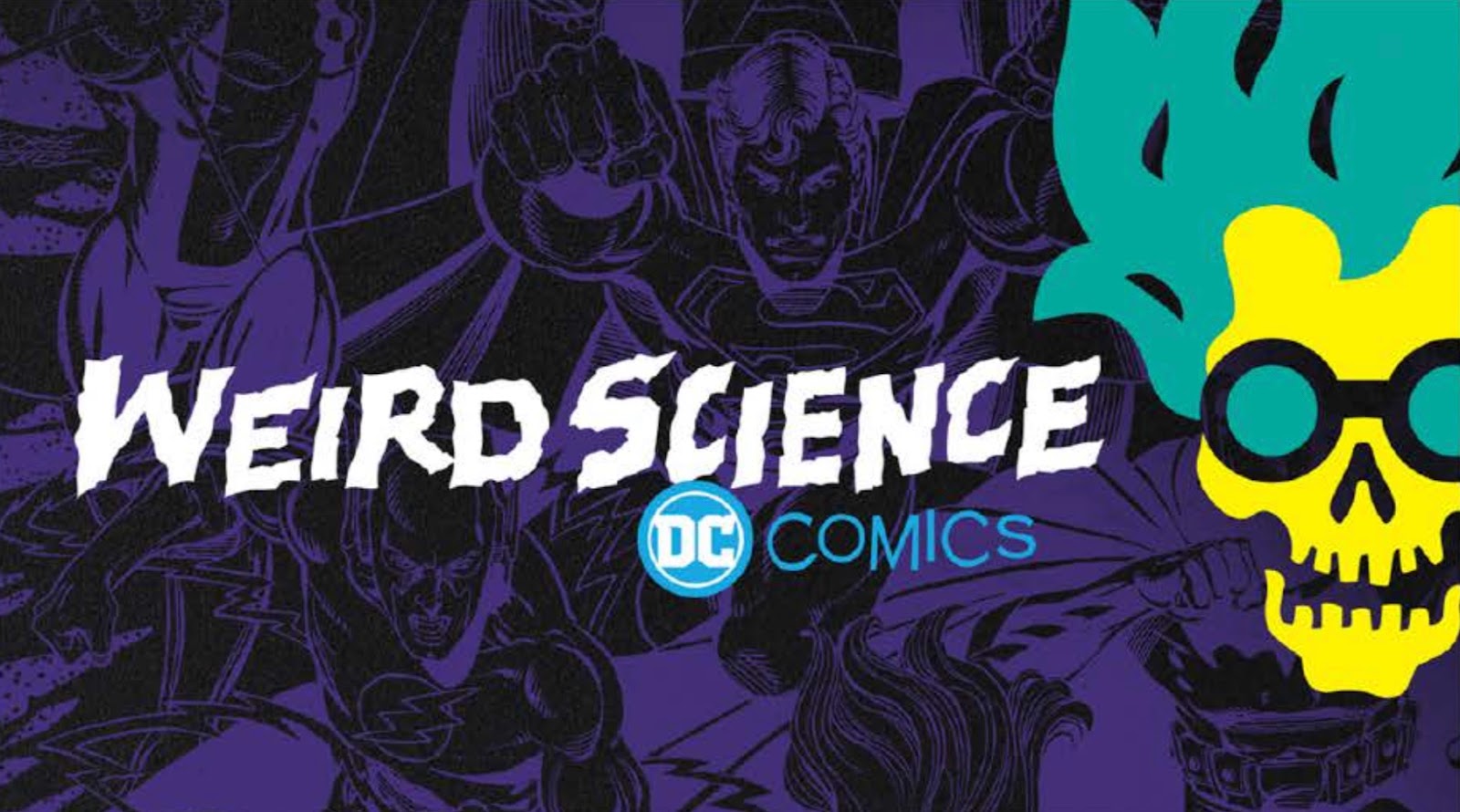
Written by: Kurt Busiek
Art by: Brent Anderson
Colours: by Peter Pantazis
Published by: Vertigo
Cover Price: $3.99
Pierogies are, apparently, boiled dumplings with either sweet or savory fillings, and Wikipedia helpfully tells me that they originated in central and eastern Europe. This is just one of the things I learned from reading Astro City #46, although by no means the most important. Or interesting. No. Perhaps the most significant thing to be gleaned from this issue is that, after 30+ years in the industry, Kurt Busiek remains a master storyteller and his ability to surprise, intrigue and delight remains highly impressive. In some respects, Astro City #46 is a less than ideal starting point for anyone wanting to read this title. It’s the second instalment of a two-part story and, while not absolutely essential, it is highly recommended that you read the first part before attempting this one. That said, this comic is a lot of fun and is exceptionally thought-provoking, too. Allow me to explain…
Astro City has been around for a long while now. Debuting in 1995 on the now defunct Wildstorm imprint, Homage Comics, the series is an extended love letter to and exploration of the superhero genre. In fact, considering its initial on the nose riffing on already established superhero archetypes (The Samaritan is a Superman analogue; the First Family is a thinly disguised version of the Fantastic Four), it seemed that the banner under which it was printed was tailor-made for it and it is tempting to view that initial run of six issues as a straight homage to the comics Busiek grew up reading (and writing fan letters to!) as a teenager. But there was always something more going on in Astro City than simple affectionate pastiche. There was excavation and exploration, too – a generally sympathetic attempt to scratch beneath the surface of some of the more worn superhero themes and tropes, and breathe new life into them principally through a startling, almost Kirby-esque fecundity of ideas, and an exemplary skill with characterization. Both of those are on display here.
Issue 46 picks up where the previous issue left off. It is some unspecified time in the 1970s and famed chronicler of the counter-culture Tom O’Bedlam is hosting a special ‘coming out’ party for his lover, androgynous music-themed superhero Glamorax who, we found out last issue, changes his/her identity, persona and power-set in response to the changing rhythms of popular music. This in itself is a radical idea, and it’s one with which Busiek has considerable fun. It’s clear that the Bowie/Bolan-inspired Glamorax identity is going to give way to something much more visceral and angry and, indeed, he’s in the process of transforming into a punkier persona when the event is gatecrashed by knife-wielding cultists who want to stop the transformation.
I don’t want to spoil the issue’s ending, because it manages to be both clever and rather touching. Suffice it to say that, for all its superhero trappings, this issue is actually a commentary on the anemic quality of much of popular culture and it’s one that ends on an optimistic, if somewhat uncertain, note. Add in a distinctly Lovecraftian monster, some clever metafictional touches (the page in which the Broken Man is staring out of a transparent comic panel is just phenomenal) and some very affecting characterization and you have an extraordinarily enjoyable story.
Bits and Pieces:
It is impossible to deny the very personal nature of this title – and issue – and it’s difficult for this comic fan, who can remember picking up Busiek’s first ever DC story in Justice League of America 224, to be all that objective about it. For inventiveness, great characterization and a warmth that clearly comes from the creators’ genuine love of the genre, it’s hard to beat a visit to Astro City and this issue, despite its somewhat overly talky – and inconclusive – ending, is a stylish and enjoyable vehicle to take you there.
7.8/10




No comments:
Post a Comment